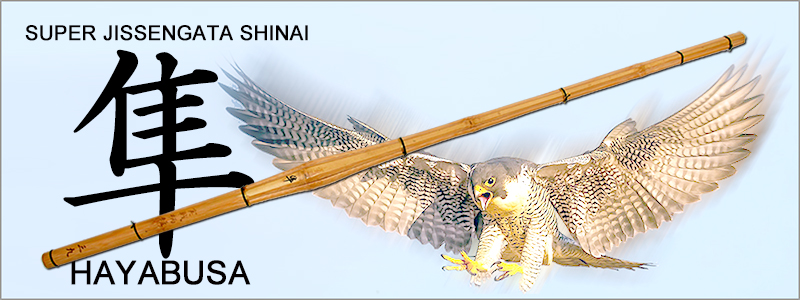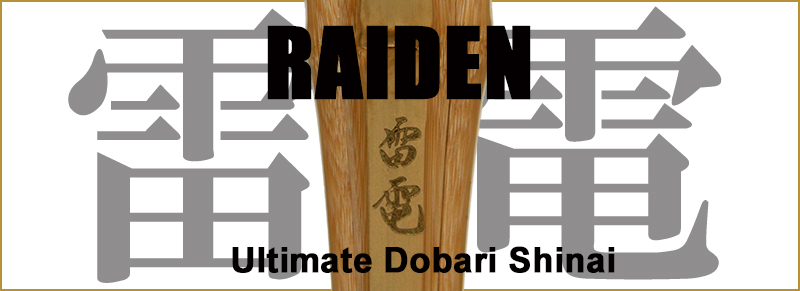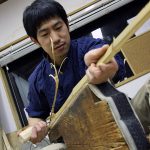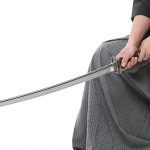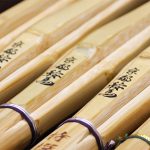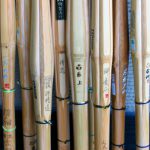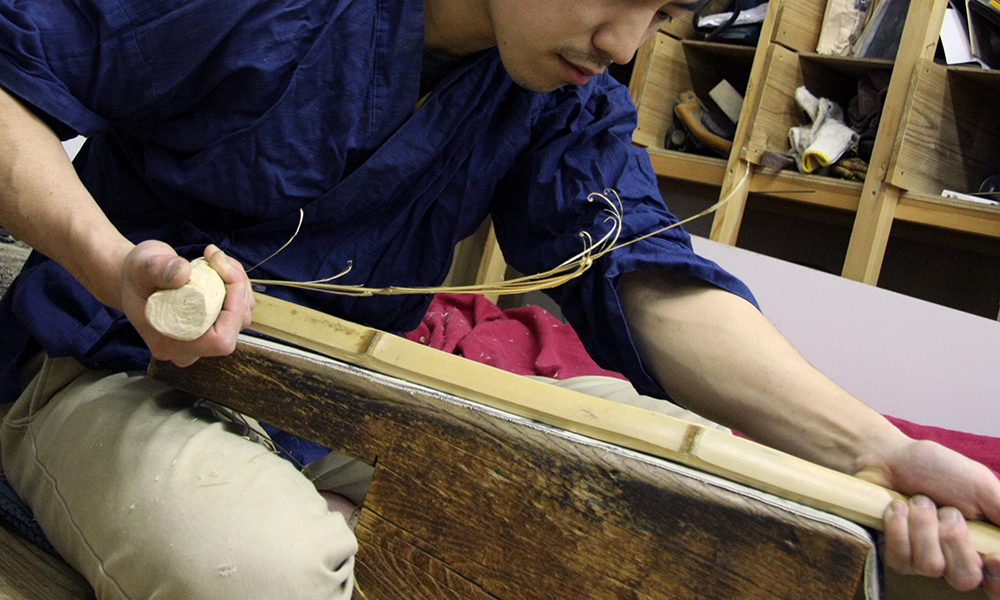
Correct Kendo Equipment Knowledge taught by Artisans
Things users should understand in order to keep shinai making alive and fruitful for everyone
As the quality of the materials deteriorate and orders become more specific, artisans are often forced to throw away bamboo that does not match the orders. This causes the shinai cost to go up. Adjusting to detailed specifications also takes time. According to Yamaguchi-san, in the past artisans had to dispose of 30% of the bamboo wood purchased, whereas currently they are forced to throw away 50%. Of course, the loss is borne by the artisans themselves. Morishita-san adds:
“Yamaguchi-san buys the bamboo wood himself, and half the material does not become part of any shinai and is simply thrown away. And when a shinai is made, people say the grip is too thin or thick, so Mr. Yamaguchi shaves off part of the wood. Then the shinai becomes lighter by 1 or 2 grams. Then the customer puts the shinai on a pair of scales then comes back complaining that it’s now too light, asking for a refund. Shinai making cannot continue like this.”
In reality, a large portion of shinai are made overseas, but the situation overseas is more or less the same. A manager of a Taiwanese shinai factory, that makes 720,000 shinai per year, said this in an interview back in 2017:
“A while back, kendo instructors would hold a few shinai and say ‘yup, this is OK’ and buy them. Today, customers first measure the weight. The All Japan Kendo Association has a regulation of minimum weight, but customers demand shinai that is as close as possible to the minimum weight. They have demands concerning the lines as well as thickness. It is not easy for manufacturers to meet all those demands. That is why the usable parts of the wood have decreased.”
If one is making industrial products with metal like golf clubs and tennis rackets, you can order custom made products specifying how many grams or millimetres they need to be. People have gotten used to those products and order hand-made crafts in the same way, but it is unrealistic for products made from natural materials like the shinai to be made like this. The shinai makers are becoming more and more desperate.
If you think about it, even if its clubs, rackets, or even clothes, if you give detailed specifications when ordering, it will certainly become more expensive than products on the shelf. Most people choose the ones that suit them the most out of the products already made and available. It is madness to think that one can specify the length of the shinai and order it for the same price as a regular shinai. Morishita-san continues:
“If people start thinking it is normal to specify such numbers, as is suggested in that blog, and think that shinai that do not fit those numbers are not good for use; it will be impossible to continue shinai making. The craft is already dying out as it is. Nowadays even retail stores do not hold any stock, and people bring shinai back to the store for a refund 6 months later because it has become 5 grams lighter. As kenshi choose their own shinai and many shinai are rejected, the shinai makers must bear all the loss concerning materials thrown away because they cannot be used for shinai. It is taking its toll on the livelihood of the artisans. How can they possibly raise up those to take over after them? The Kendo Association should at least support them for the money it costs for the materials that are thrown away. Otherwise it will be impossible to pass on valuable skills in shinai making.”
This may be true for shinai not only made in Japan but also overseas. A reporter comments that it may just be that the voices of the overseas shinai makers are not heard as much.
“I hope kenshi can stop rejecting shinai because the numbers don’t meet their exact desires, and understand that shinai are made from natural materials and show kindness toward the shinai artisans.” says Morishita-san.
Natural bamboo is quite flexible. There is so much variation in the position of knuckles and their strength.
Back to the previous volume
 | Did you like what you've just read? Check this out. |


